HVAC pros reveal 2 'Goldilocks' ranges for the ideal room temperature in bitter winter – it differs from day to night, and room to room
Keeping rooms at the right temperature is vital for comfort and efficiency
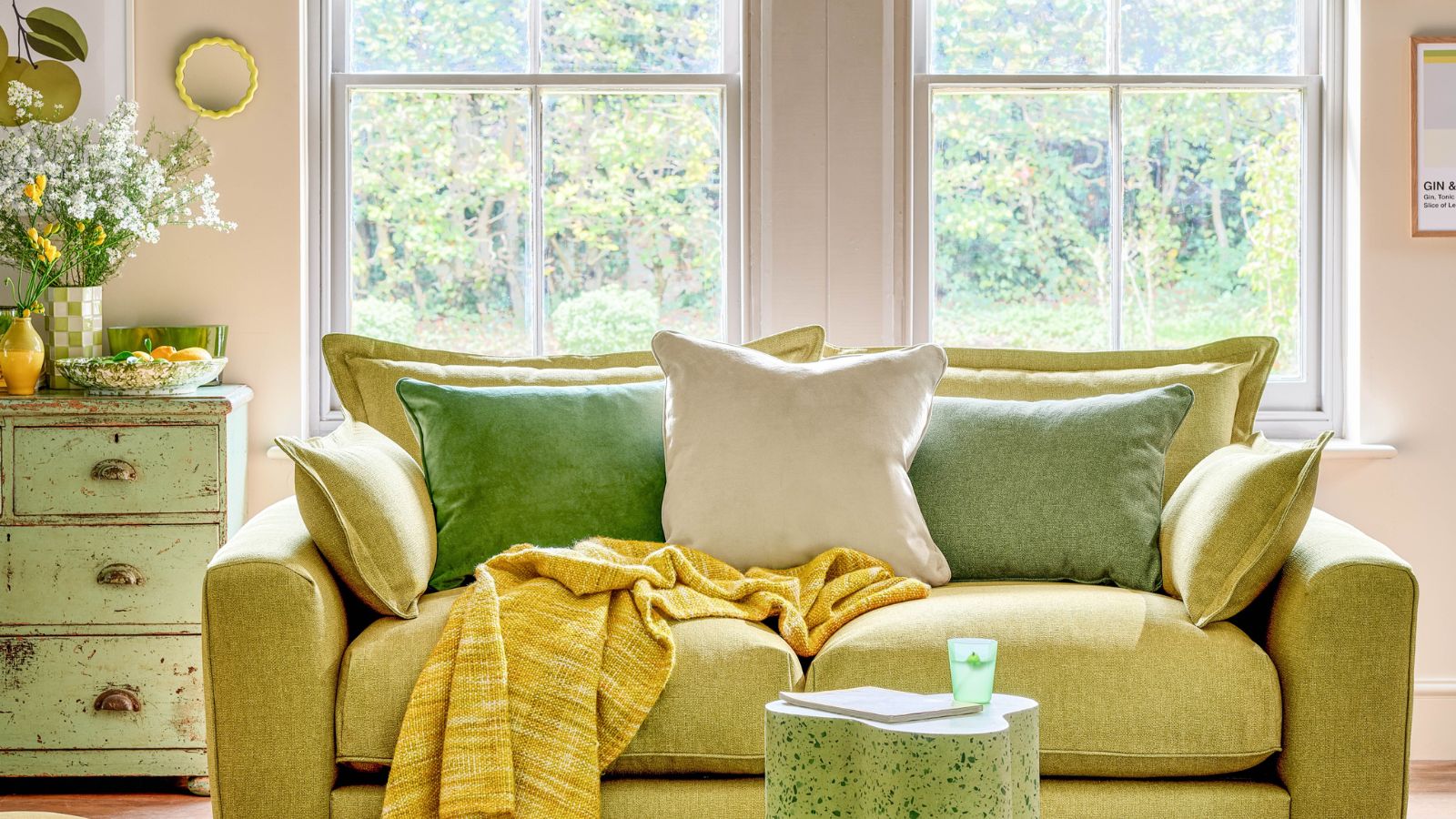

We need heating to stay warm, prevent condensation, and keep our homes damp-free, but you could save money on energy bills by knowing the ideal temperature of a room and when to change it throughout the day.
Whether it's your bedroom, sitting room or dining room, keeping your rooms heated to two 'Goldilocks' ranges that vary for day and night will benefit your health, comfort, and make your heating more efficient, say these HVAC pros.
What is the ideal room temperature?

Our experts put the ideal room temperature between the range of 68-72° Fahrenheit (20-22° Celsius) during the day and 60-67°F (16-19°C) at night in the average home. This range is comfortable for most people without being too high and driving up heating costs, or too cold so a person needs to walk around with multiple layers of sweaters and fluffy socks.
Josh Mitchell, HVAC technician at Air Conditioner Lab, says, 'Different rooms have different heating needs based on their use and exposure to outside temperatures. Living rooms are best kept at 68-72°F (20-22°C), while kitchens usually stay warm from cooking, so they don’t need as much heating – 65-70°F (18-21°C) is fine. Bathrooms should be slightly warmer – 70-75°F (21-24°C) – to prevent post-shower chills, and bedrooms should be cooler, around 60-67°F (16-19°C).'
Bedrooms are a room best kept cooler to cultivate a good sleep environment. Bob Zee, owner of New Panes Creations, says, 'Our bodies naturally cool down as you fall asleep, so a cool room helps this process, making it easier to fall and stay asleep. If the room is too warm, your body may struggle to cool down, interrupting sleep and effecting sleep quality.'
If you use your basement and garage as living space, the ideal temperature will vary as these tend to be more prone to cold and damp. Learning to draft proof your basement or garage will help. Whether it's best to insulate the roof of your garage is depending on if it's a standalone building, or integrated in your house with rooms above it.
'If a basement is used as a living space, it should be kept between 60-65°F (16-18°C) to avoid dampness and mold. If the garage is heated, keeping it at 45-55°F (7-13°C) prevents freezing but avoids wasting energy,' says Josh.
Learning the best ways to heat a garage will help keep the space warm and damp-free, with solutions ranging from freestanding heaters to replacing drafty doors and adding wall insulation.
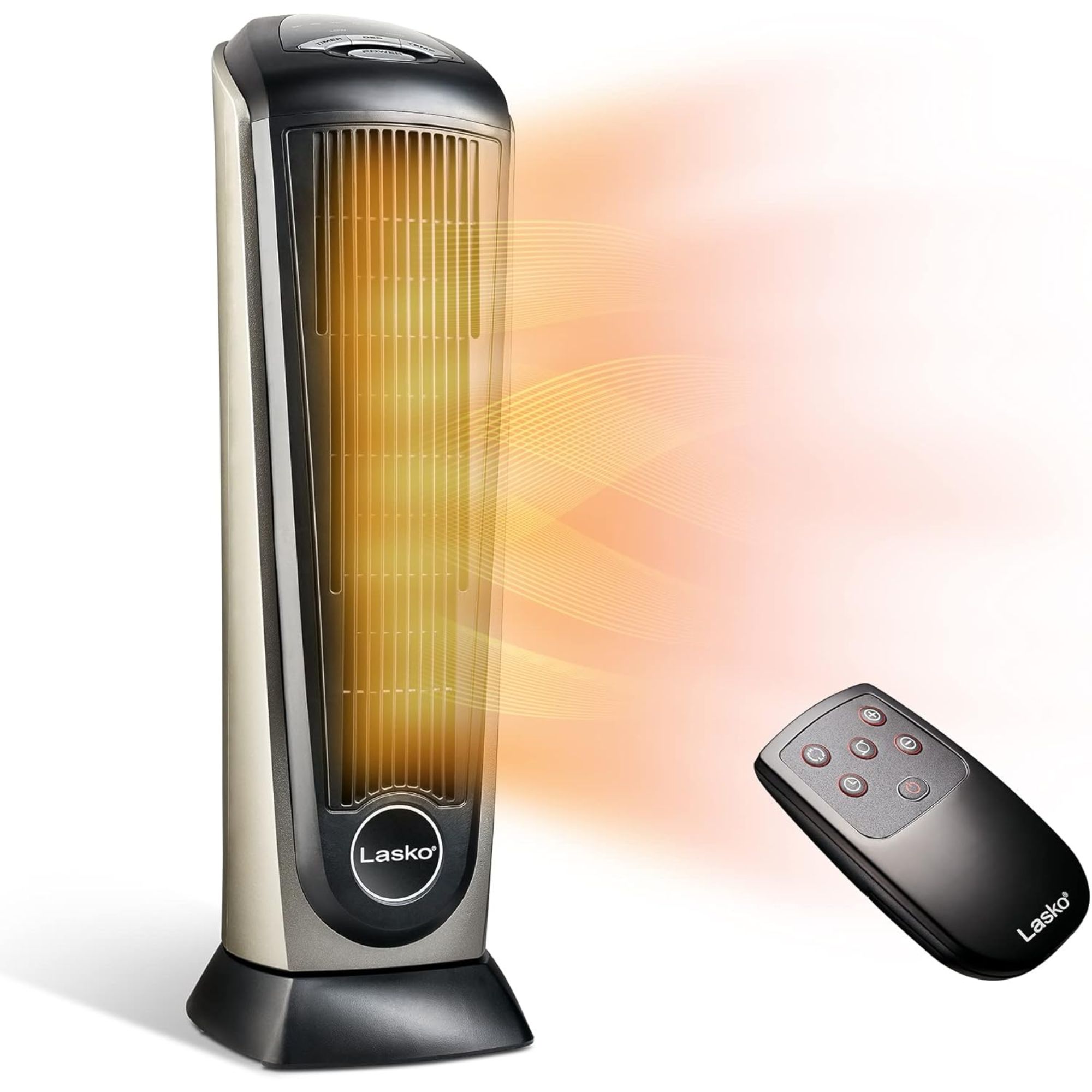
This affordable tower space heater has an adjustable thermostat, digital display, plus quiet modes for heating without distraction. It has safety measures but you should not leave a space heater on overnight, or near flammable items.
What happens if a room is too cold?
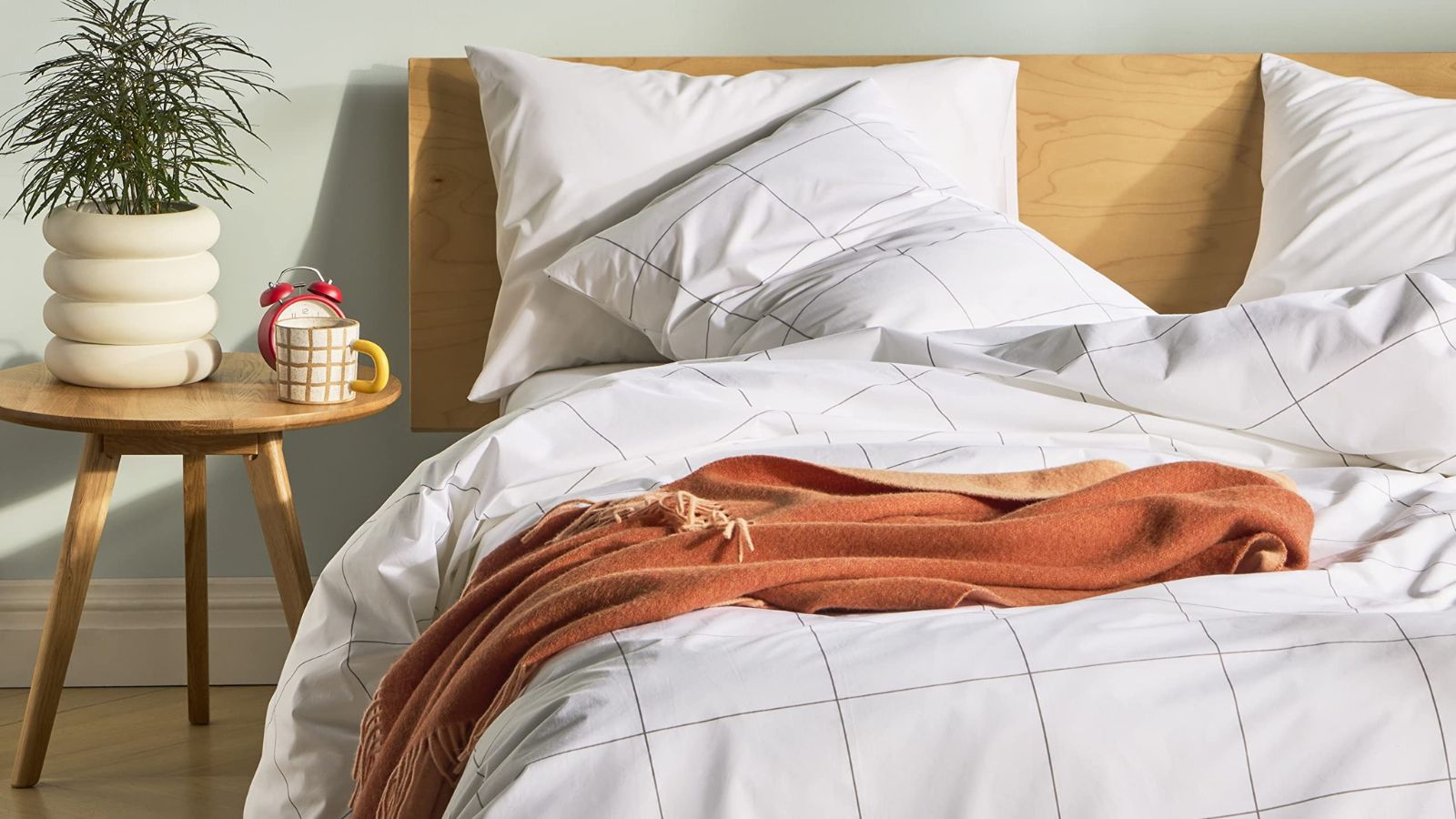
If your home's rooms fall below the minimum best thermostat temperature, various risks can arise impacting your home, bills, and health.
'Cold air creates moisture buildup, especially on windows and walls, which can lead to a risk of mold,' says Mitchell. 'If a room stays below 55°F (13°C) for long periods, pipes can freeze in exterior walls, increasing the risk of expensive water damage.'
Francis Kaspar of The Chill Brothers, an award-winning HVAC service in Texas, adds, 'Extended exposure to cold temperatures can also aggravate arthritis, lead to respiratory issues, or increase your vulnerability to colds and the flu. Plus, you'll feel a generally higher level of discomfort in the space.'
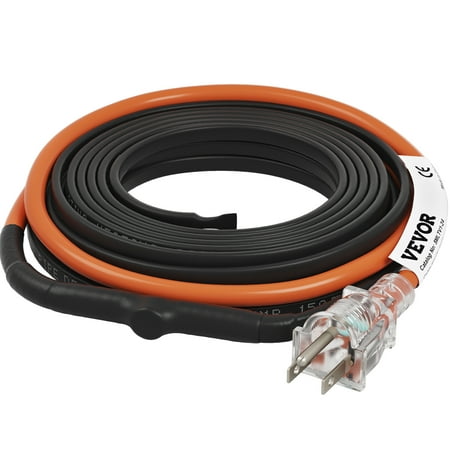
To help prevent frozen pipes, use heat tape. It runs along your water pipes and gently warms them up to keep them free from ice through winter. It'll need a safe outlet for electricity.
To ensure your rooms are always at a warm enough temperature, it's a good idea to invest in a simple digital thermostat such as the Honeywell Home RTH2300B1038 5-2 Day Programmable Thermostat from Amazon, as well as an indoor thermometer such as the DOQAUS Digital Hygrometer Indoor Thermometer, also from Amazon.
Using both devices is a great way to check for temperature discrepancies and can help cut energy bills.
Draft excluders are also an easy addition to your home that will keep your house warm without turning up the heat, saving money at home. This Twin Door Draft Stopper from Wayfair is ideal as it blocks drafts on both sides of your doors.
Head of Solved, Punteha van Terheyden successfully draft proofed her entryway using a simple roll of weatherstripping tape from Amazon. She says. 'I stuck it under the door in less than five minutes and it immediately stopped the draft and excess loss of heat in the entryway and connected living room.'
What happens if a room is too warm?
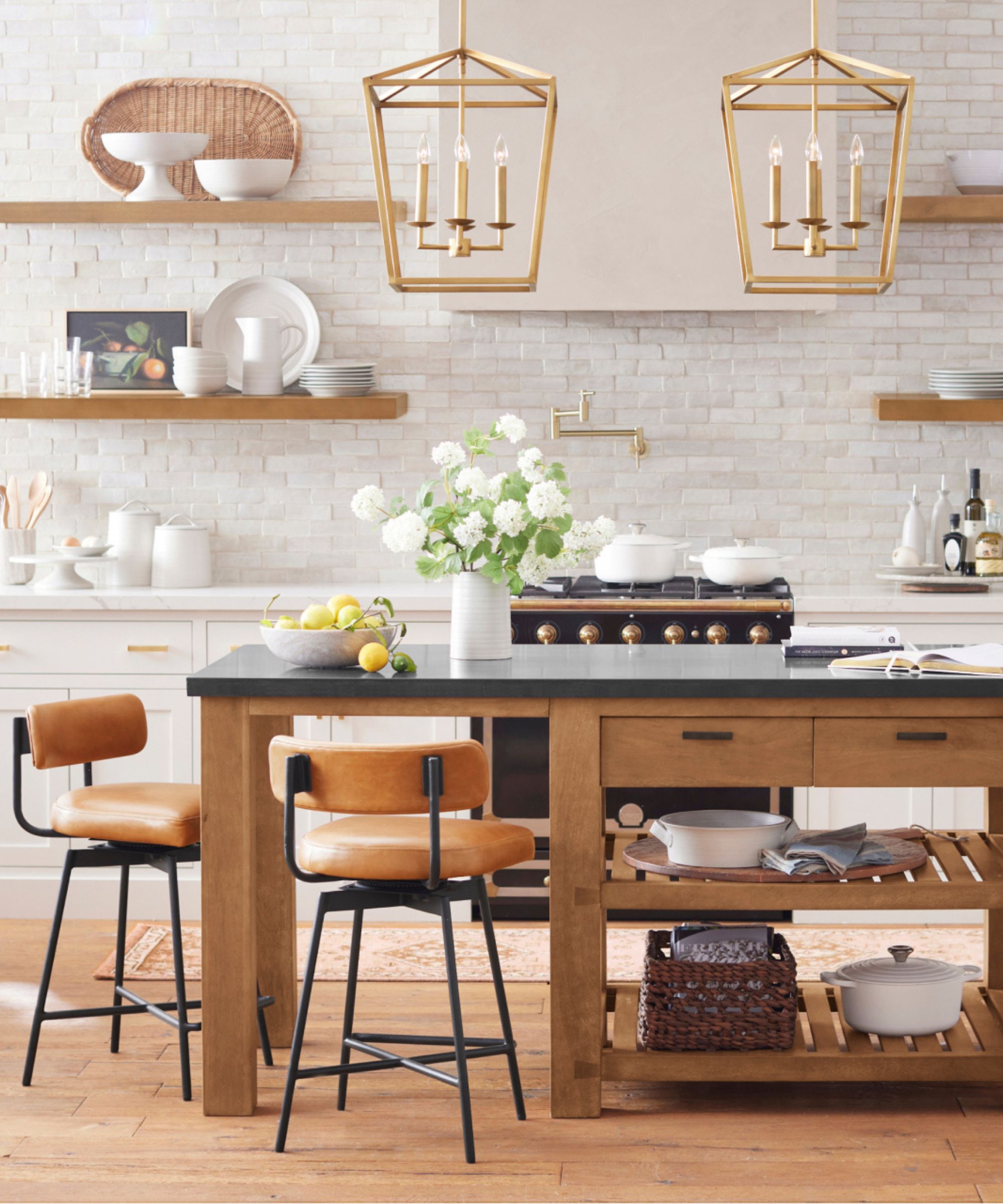
On the other hand, if a room is too warm and significantly above the ideal room temperature, that's not ideal either. 'There are three main risks a person can face if their room rises above 75°F (24°C) [a few over the ideal room temperature approximation],' explains Kaspar.
- Sleep disruption: Uncomfortable evenings and poorer sleep quality might result from too warm temperatures.
- Health problems: In severe situations, heat can lead to heat exhaustion, headaches, and dehydration.
- Increased bills: Turning up the heat in the winter or turning down the air conditioning too much in the summer causes energy bills to soar. It's a heating mistake to avoid.
Setting a reminder on your phone to turn down your heating at night if it isn't automatic will help form good habits and help lower heating costs this winter.
You could also consider switching out some items in your home to help regulate temperature. Using a cooling blanket like the Elegear Revolutionary Cooling Blanket from Amazon in your bedroom, for instance, will help your body's natural temperature to drop if you're a warm sleeper. Doing this in combination with setting your bedroom to a lower ideal temperature will create an amazing sleep environment.
In the morning, try the German 'shock ventilation' method to air your room to bring down moisture levels and avoid mold or mildew. Keeping your radiators and heating vents free of obstructions such as furniture will help heat circulate well, as well as serving as vital moisture channels to reduce mold damage.
Meet our experts

Bob has been the owner of New Panes Creations for 10 years, taking the company over from his father. He has been in the industry for 35 years. New Panes began in 1975, and helps up to 3,500 customers per year.

Josh Mitchell is the a HVAC and tech pro, and founder of airconditionerlab.com. His detailed knowledge extends across AC and heating systems, air purifiers, dehumidifiers, and humidifiers. He helps people troubleshoot and fix their HVAC system problems.

Francis Kaspar has been a HVAC technician for over 11 years. The Chill Brothers carry out over 2,600 installs per year, helping clients' homes to function as best as possible.
The temperature of your home is incredibly important to get right, and investing in a smart thermostat might just be what you need to monitor and control yours with ease. Even if you're not the most tech-savvy, this nifty gadget will get you in-the-know on the temperature in your home with ease.
Sign up to the Homes & Gardens newsletter
Design expertise in your inbox – from inspiring decorating ideas and beautiful celebrity homes to practical gardening advice and shopping round-ups.

Ciéra is a writer and regional laureate with particular passions for art, design, philosophy and poetry. As well as contributing to Livingetc, she's an Editorial Assistant for Design Anthology, and a contributing writer for Homes & Gardens and Apartment Therapy. Previous commendations of hers include being Highly Commended by The Royal Society of Literature and receiving a prestigious MA Magazine Journalism scholarship to City University, London.
You must confirm your public display name before commenting
Please logout and then login again, you will then be prompted to enter your display name.
-
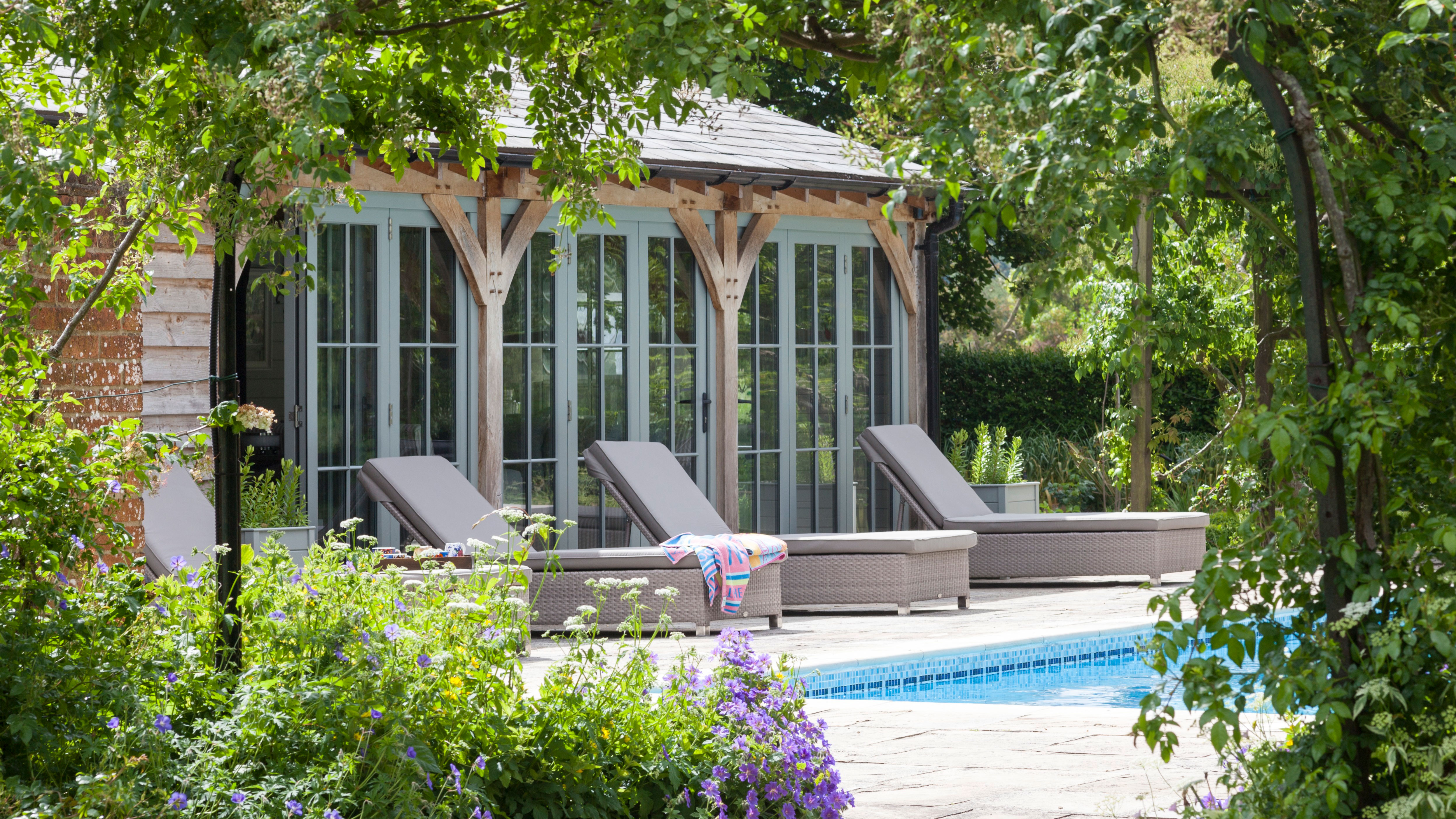 Lidl's brand-new garden lounge chair is so good they've had to limit it to only 2 per a customer – it is low in stock, so you'll need to act fast
Lidl's brand-new garden lounge chair is so good they've had to limit it to only 2 per a customer – it is low in stock, so you'll need to act fastHampton's style is hiding in the Lidl aisles thanks to this budget-friendly recliner
By Jennifer Ebert
-
 Kylie Jenner, Tommy Hilfiger, and Lenny Kravitz transform their homes with prints – the London Original Print Fair Director has a method that makes their look 'accessible and affordable' in your home
Kylie Jenner, Tommy Hilfiger, and Lenny Kravitz transform their homes with prints – the London Original Print Fair Director has a method that makes their look 'accessible and affordable' in your homeCelebrities from the Kardashians to Lenny Kravitz decorate their homes with prints by famous artists, and it's easier to recreate than you might expect
By Sophie Edwards
-
 Why does my house feel damp? Experts reveal the 7 common reasons, risks and fixes to apply right now
Why does my house feel damp? Experts reveal the 7 common reasons, risks and fixes to apply right nowIf your house smells musty, there might be underlying damp to sort out
By Sophie Warren-Smith
-
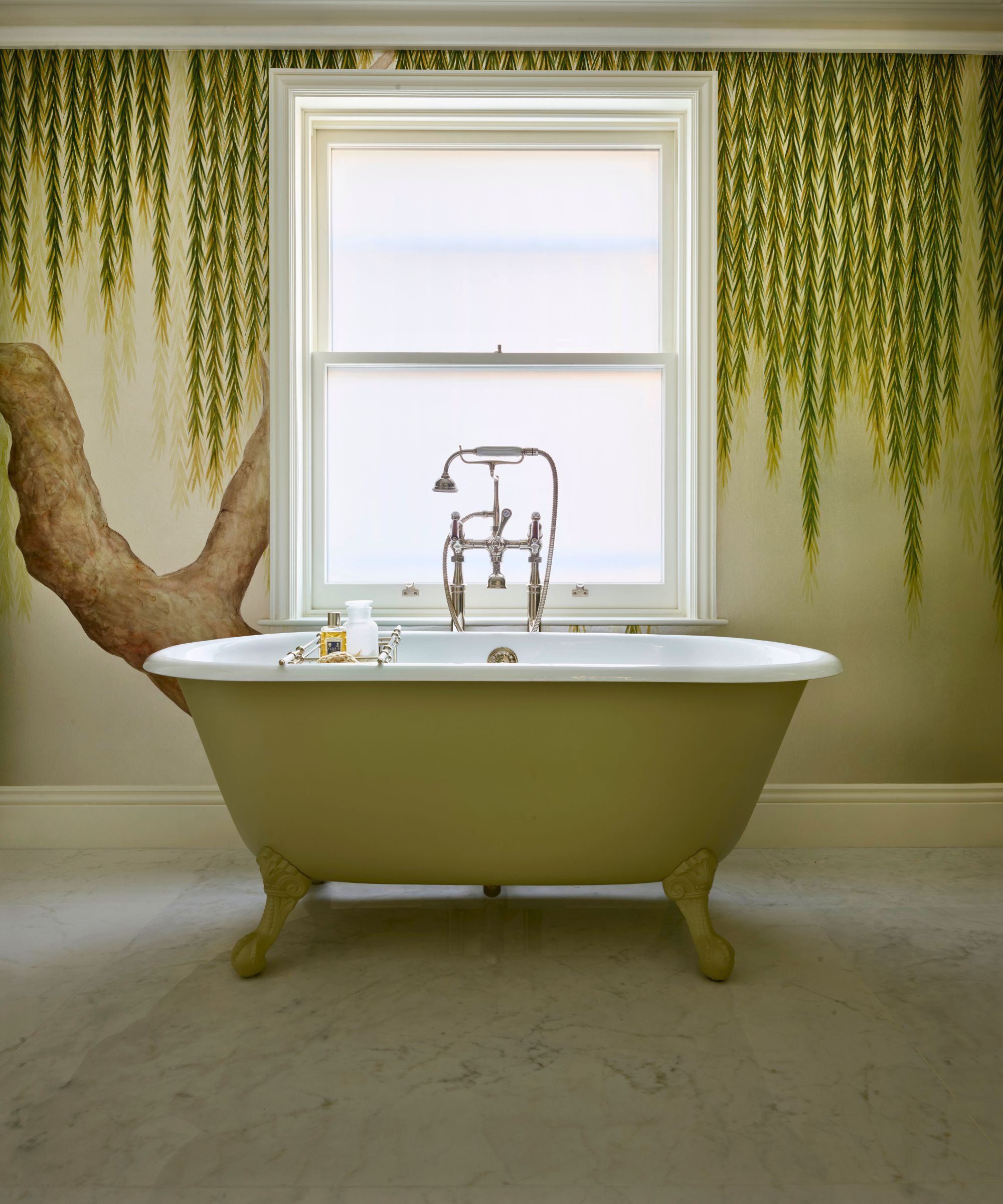 Do you have condensation on the outside of your windows? This simple rule of thumb determines if it's normal, or a sinister warning sign
Do you have condensation on the outside of your windows? This simple rule of thumb determines if it's normal, or a sinister warning signHVAC pros share expert insight
By Ciéra Cree
-
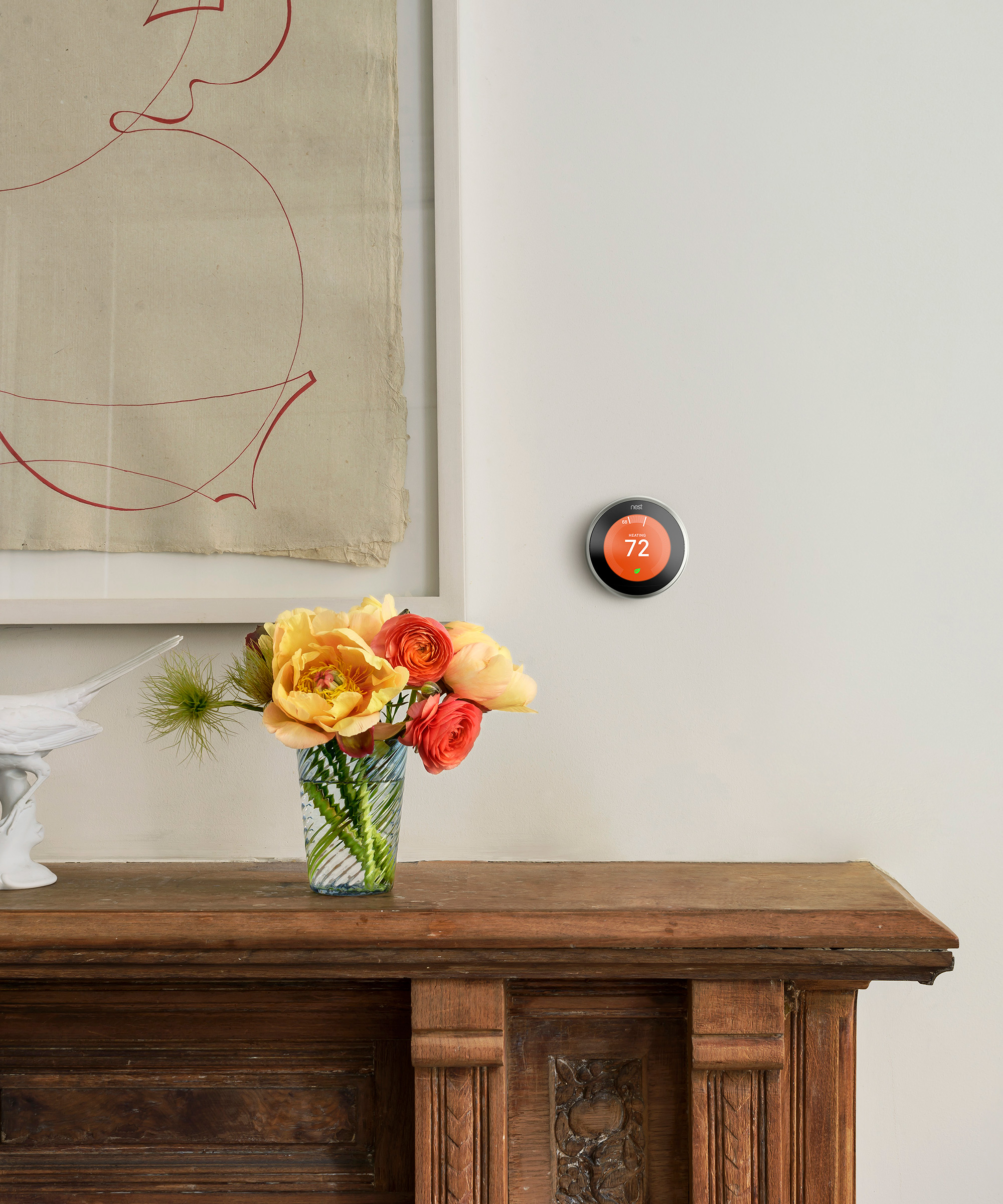 HVAC pros say this is the most efficient heating schedule to keep you warm at home all day – and why automating it is the best move
HVAC pros say this is the most efficient heating schedule to keep you warm at home all day – and why automating it is the best moveThere’s no one-size-fits-all – here’s how to tailor heating to your home
By Chiana Dickson
-
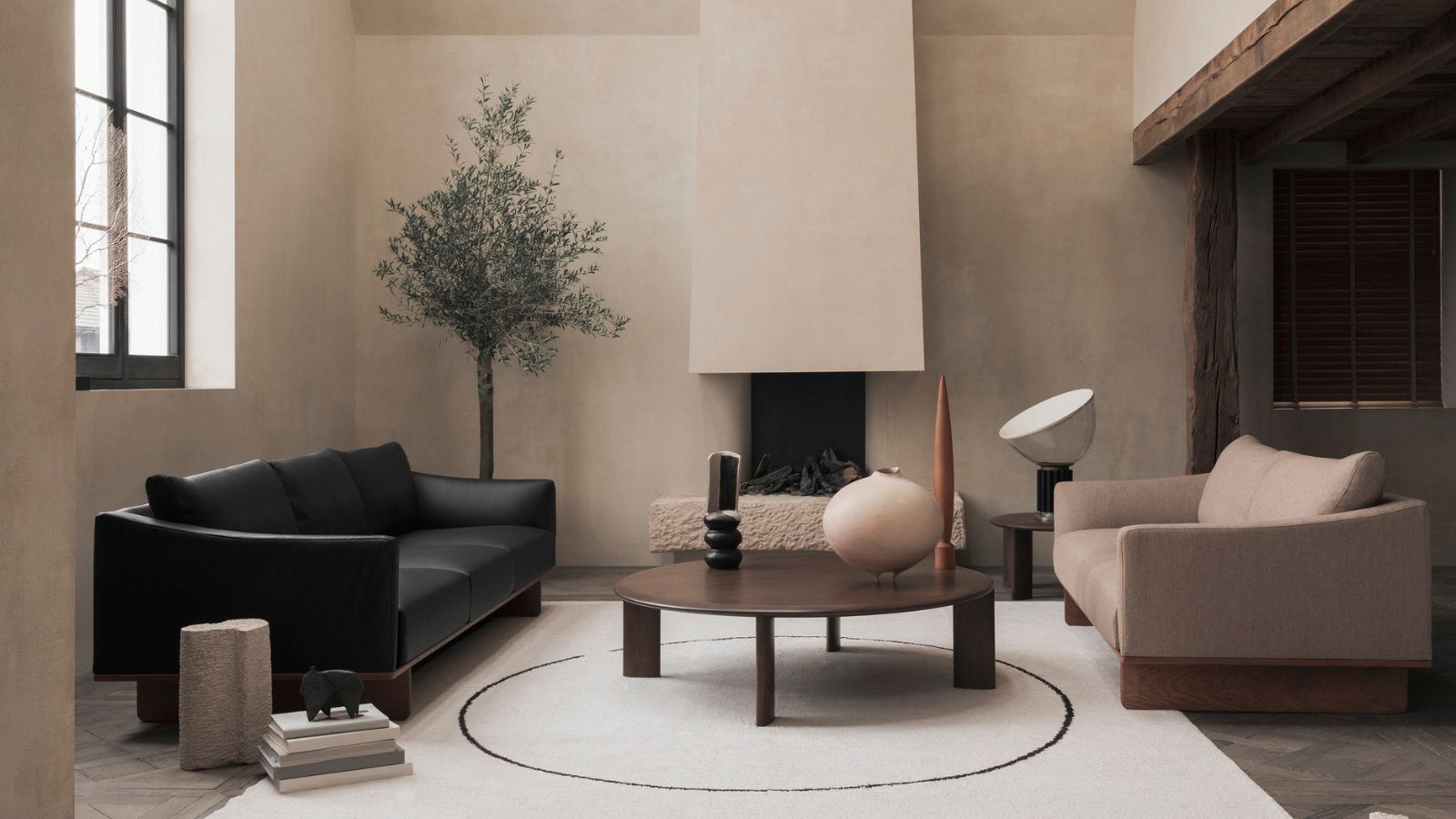 How dust and dirt increases your energy bills – plus 5 ways HVAC pros deal with it to cut costs
How dust and dirt increases your energy bills – plus 5 ways HVAC pros deal with it to cut costsThese cleaning tips could save you hundreds
By Chiana Dickson
-
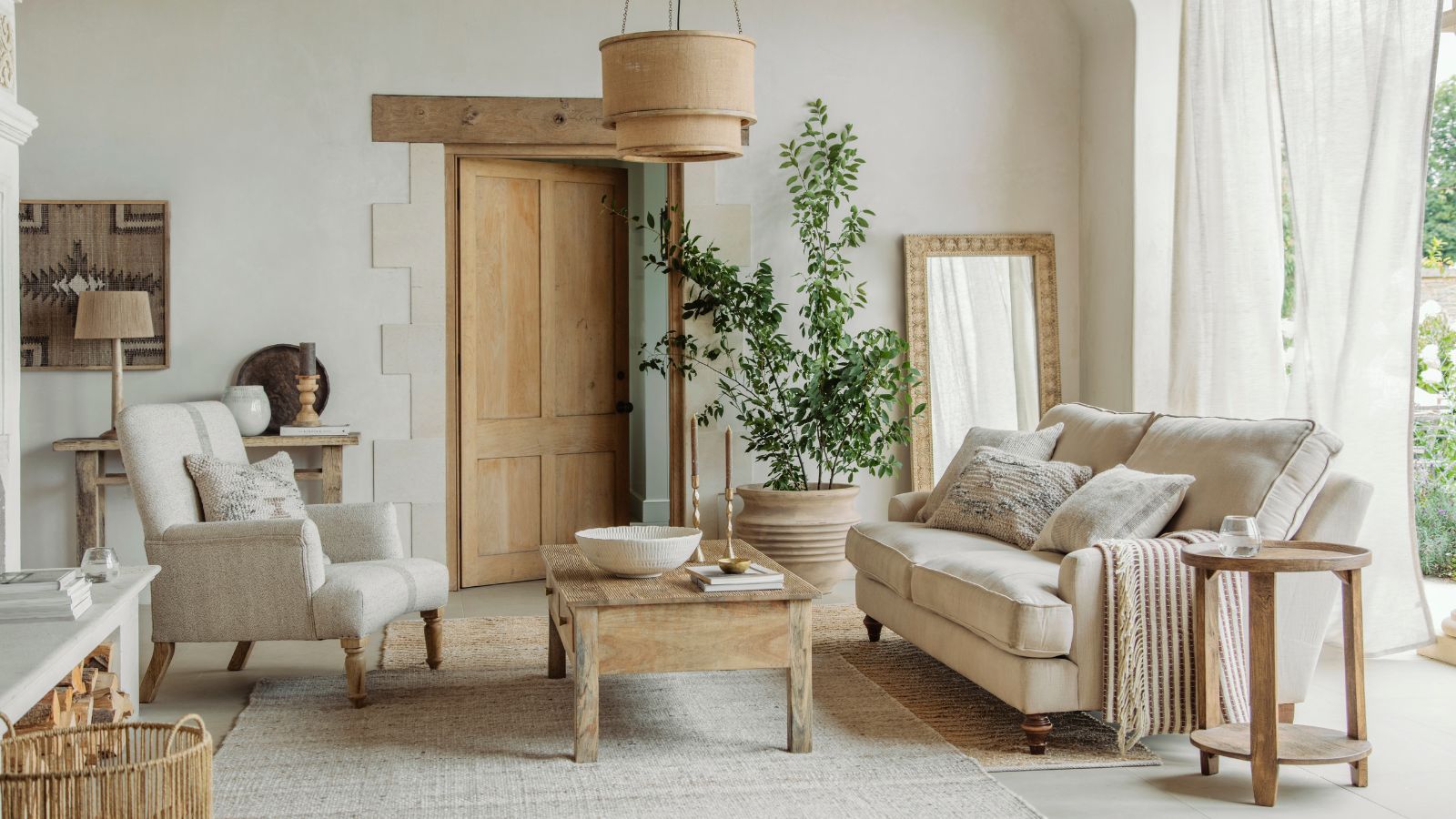 Is your house heating unevenly? HVAC pros reveal 5 common reasons, plus their top tricks for consistent heating throughout your home
Is your house heating unevenly? HVAC pros reveal 5 common reasons, plus their top tricks for consistent heating throughout your homeEliminate hot and cold spots with these fixes
By Chiana Dickson
-
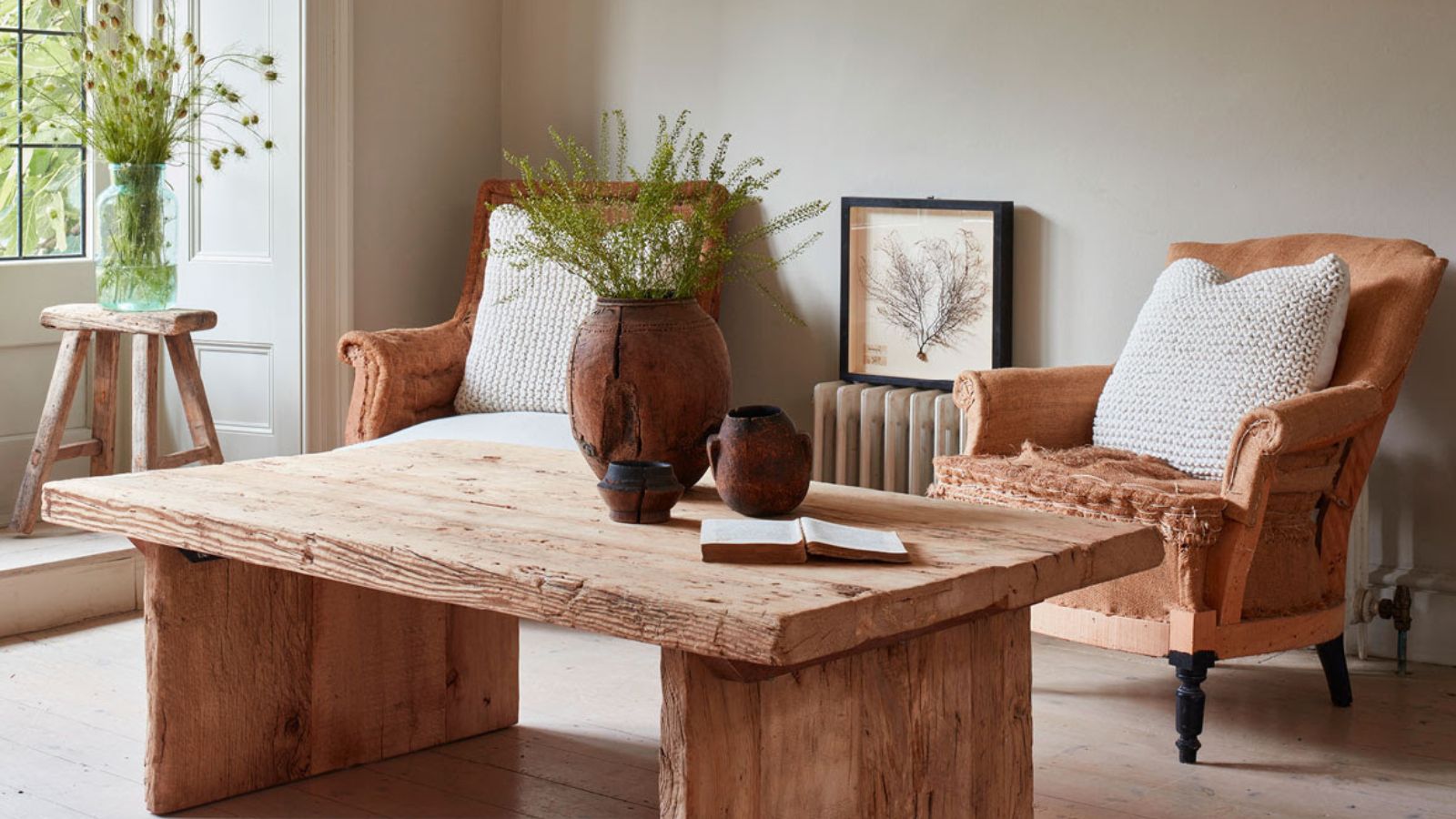 What is a zoned heating HVAC system? We get the lowdown from the pros
What is a zoned heating HVAC system? We get the lowdown from the prosThis expensive addition could actually save you money
By Sophie Warren-Smith
-
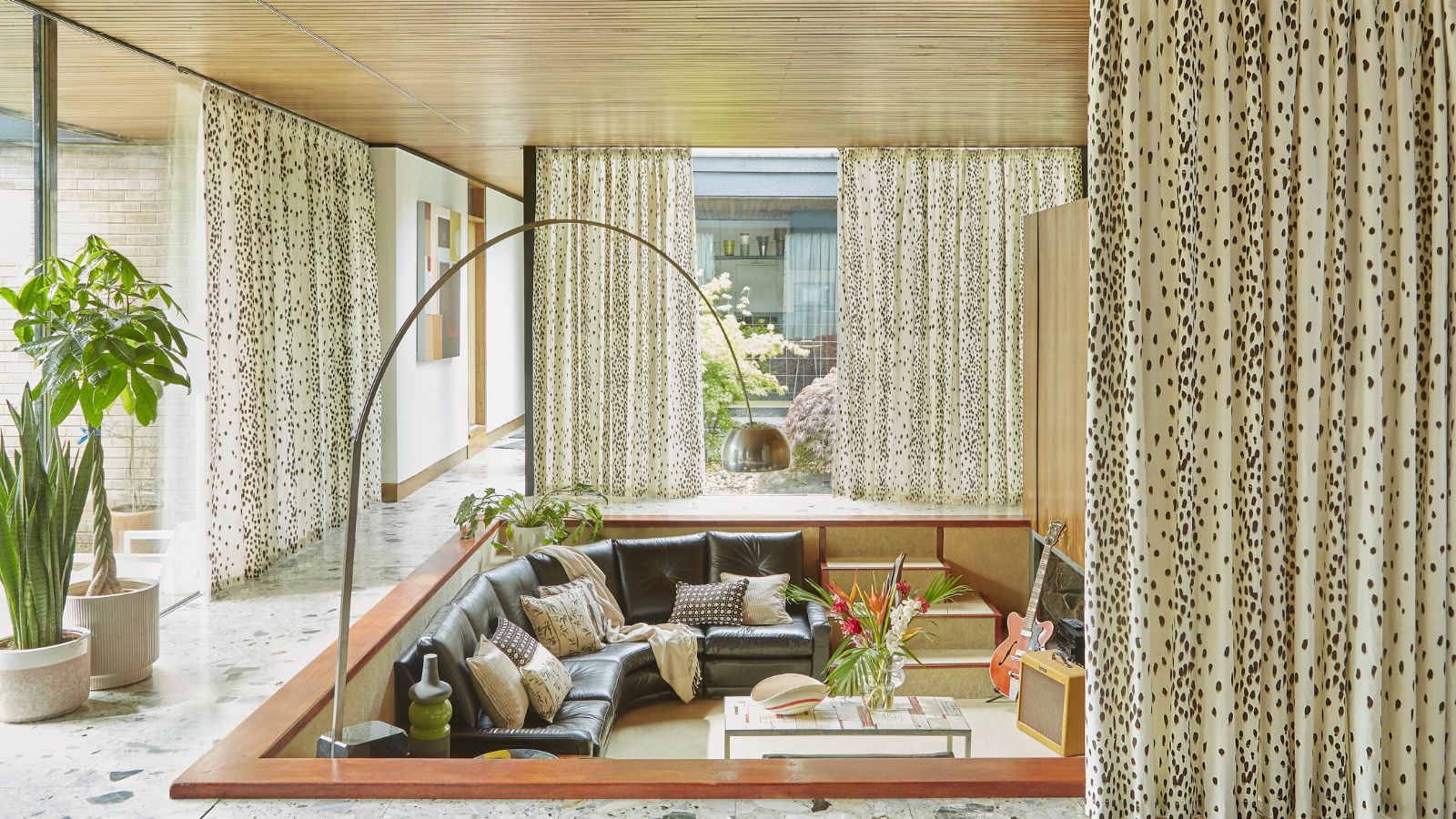 I spent years trying to combat window condensation – then a simple dish-soap trick turned out to be the key all along
I spent years trying to combat window condensation – then a simple dish-soap trick turned out to be the key all alongThe dish soap condensation hack takes five minutes to do, is oh-so effective, and cleaning pros love it
By Eve Smallman
-
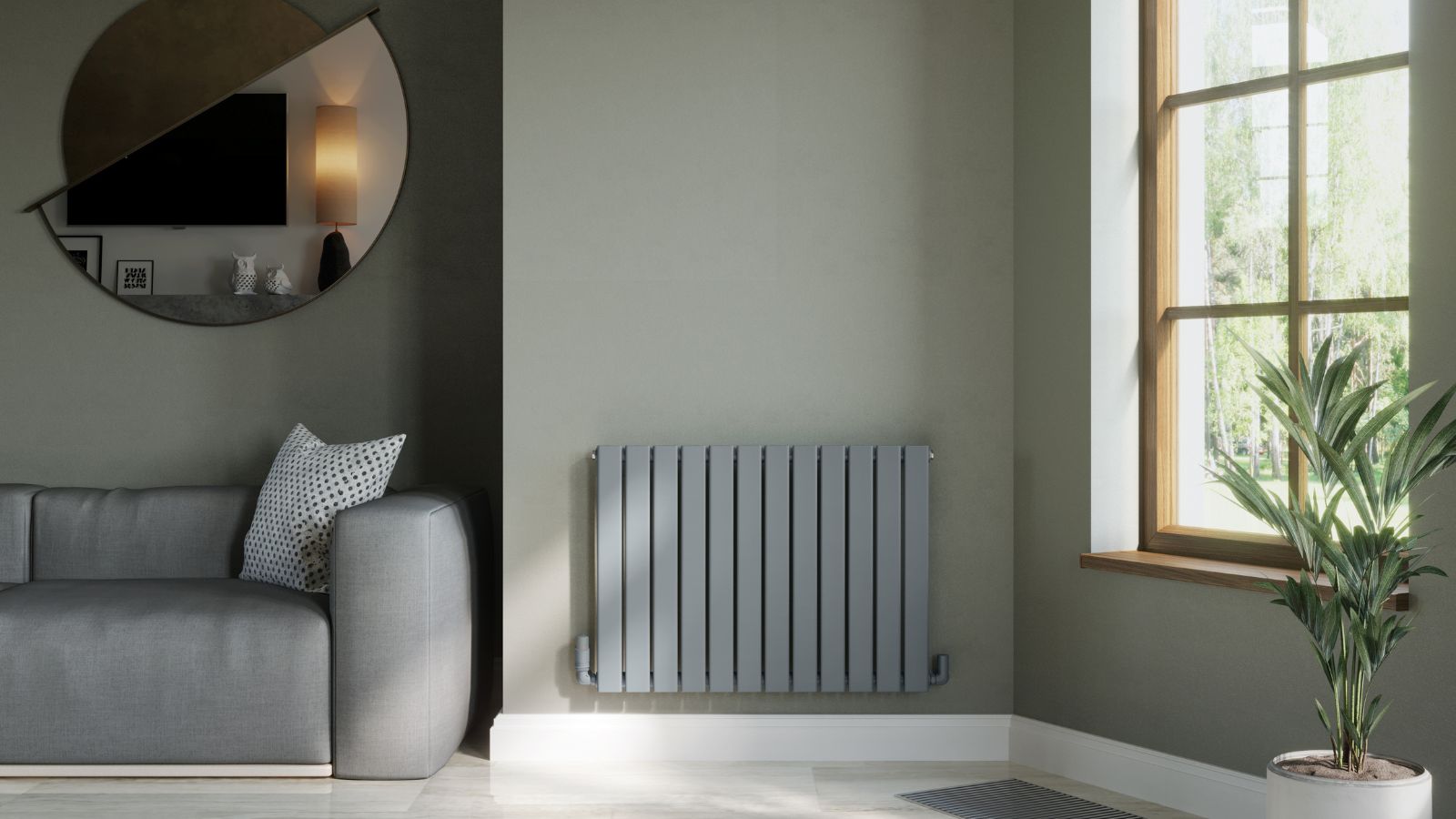 What temperature should a house be during a big freeze? HVAC pros reveal why this 'Goldilocks' temperature is so important for your health and home
What temperature should a house be during a big freeze? HVAC pros reveal why this 'Goldilocks' temperature is so important for your health and homeIt goes beyond your own comfort – it protects your property, too
By Chiana Dickson